Greenhouses: Design, Setup, and Tips for Growing Indoor Plants
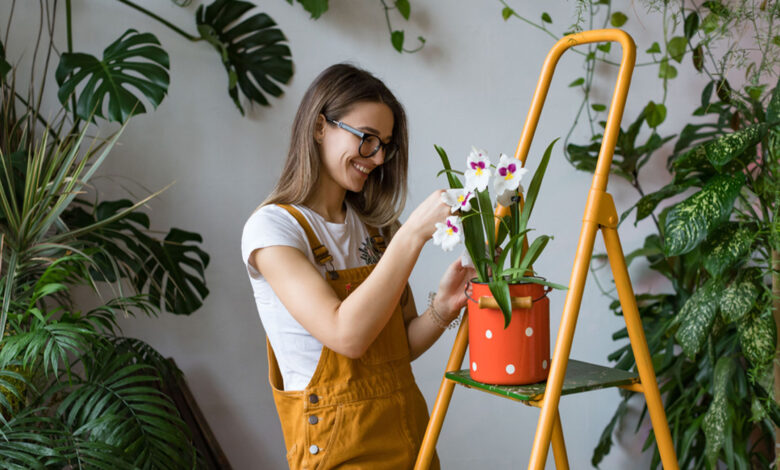
A greenhouses is more than just a structure—it’s a game-changer for anyone passionate about growing plants. Whether you’re a hobbyist, an aspiring entrepreneur, or a seasoned gardener, a greenhouse lets you nurture your plants year-round, no matter what the weather is like outside. Whether you’re aiming to grow lush indoor plants or boost the productivity of your garden with greenhouse kits, this guide will walk you through everything you need to know—helping you choose the ideal greenhouse, set it up efficiently, and optimize plant growth.
In this article, we’ll cover everything from greenhouse design to selecting essential equipment. We’ll also dive into best practices for growing indoor plants and using greenhouse kits, making this an essential resource for any plant enthusiast.
Choosing the Right Greenhouse Design: Creating the Ideal Environment for Your Plants
Choosing the right greenhouse design is key to ensuring your plants thrive. It’s not just about how the structure looks—it’s about how well it suits your climate, available space, and gardening goals.
Popular Greenhouse Designs: Finding the Perfect Fit for Your Garden
- Gable Greenhouses: Often attached to a wall (like a home or garage), these feature a peaked roof that helps snow slide off in winter. They’re ideal for areas that get heavy snow.
- Barn-Style Greenhouses: These structures have wide roofs and shorter walls, offering plenty of space for plants. They’re perfect for hobbyists with larger gardens and a rustic vibe.
- Dome Greenhouses: Providing 360-degree exposure to sunlight, dome greenhouses create an optimal environment for plants. They’re a bit pricier and require more complicated construction, though.
- Gothic Greenhouses: With their unique roof design and sloping walls, these greenhouses shed snow easily and are great for colder climates. Plus, they have a charming historical look.
- Hoop Greenhouses: These simple, cost-effective greenhouses are made from PVC or metal hoops covered with plastic. They’re a great choice if you’re just starting out on a budget.
When choosing a design, consider:
- Climate: Choose a design that can handle the weather conditions in your area—be it heavy snow or strong winds.
- Space: Make sure the greenhouse fits well within your available space, especially if you’re opting for a greenhouse kit.
Building Your Own Greenhouse: Crafting Your Personal Plant Sanctuary
If you’re the DIY type, building your own greenhouse can be a rewarding project. Not only does it save money, but it also gives you the flexibility to design a structure that meets your specific needs.
Key Considerations for Building a Greenhouse
- Materials: You can use budget-friendly materials like recycled windows or PVC pipes for the frame. For the cover, consider durable options like fiberglass or polycarbonate for better insulation.
- Climate Control: Your greenhouse should have good air circulation, ventilation systems, and humidity control to maintain optimal conditions for your plants.
- Location: Position your greenhouse in a sunny spot—plants thrive best with plenty of sunlight.
- Foundation: A solid foundation is essential. Concrete offers great support, but treated lumber is an affordable alternative.
- Added Features: Consider adding benches, tool storage, and automatic watering systems to boost your greenhouse’s efficiency.
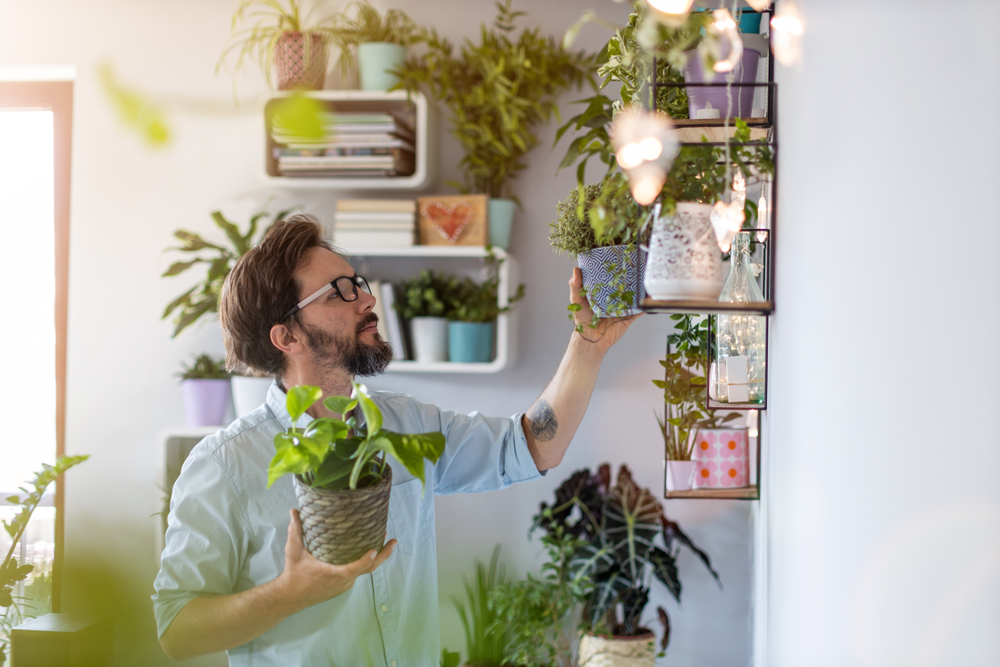
Buying a Greenhouse: Finding the Best Kit for Your Needs
Not everyone has the time or interest in building a greenhouse from scratch. Fortunately, greenhouse kits are an excellent solution for those who want a quick and efficient setup.
Types of Greenhouses to Consider
- Free-Standing Greenhouses: These versatile structures can be placed anywhere in your garden and come in various sizes. You can even customize them to suit your needs.
- Greenhouse Kits: These kits come with everything you need—frames, coverings, and instructions. They’re perfect for beginners or those with limited space.
Things to Consider Before Purchasing
- Size and Space: Make sure the greenhouse fits within your available space. Kits come in a variety of sizes, so choose one that suits your garden or backyard.
- Climate: If you live in a cold climate, look for models with good insulation. For areas with hail or strong winds, opt for stronger panel materials like Plexiglas.
- Ease of Setup: Look for kits that come with all the necessary parts and easy-to-follow instructions to minimize setup time.
Read Also: Mastering Indoor Gardening
Commercial Greenhouses: Taking Your Plant Business to the Next Level
If you’re thinking of turning your love of plants into a business, a commercial greenhouse can provide the perfect space for large-scale production. These greenhouses give you more control over temperature, humidity, and light, making it possible to grow plants year-round.
Design and Setup for Commercial Greenhouses
- Quonset Greenhouses: Arched and cost-effective, these greenhouses are perfect for commercial production.
- Ridge Greenhouses: These greenhouses are connected by gutters, making them efficient for space usage. They’re suitable for growing various crops, from flowers to vegetables.
Essential Equipment for Commercial Greenhouses
- Heaters: Keep your plants warm in colder months with greenhouse heaters to ensure continuous growth.
- Watering Systems: Automated systems are essential for larger greenhouses, ensuring consistent hydration for your plants.
- Thermometers and Ventilation: Thermometers help you monitor the temperature, while ventilation systems regulate air quality.
Planning for Success:
- Zoning and Regulations: Make sure you check local zoning laws and get any necessary permits before setting up your commercial greenhouse.
- Water and Electricity: Ensure you have reliable access to water and electricity to maintain stable growing conditions.
Greenhouse Accessories: Enhancing Plant Growth
In addition to the basic structure, the right greenhouse accessories can make a huge difference in plant health. Here are a few must-have accessories:
- Temperature and Humidity Control: Use thermometers, humidistats, and thermostats to keep your greenhouse at the ideal temperature and humidity levels.
- Grow Lights: LED grow lights are perfect for providing your plants with the light they need during shorter days or cloudy weather.
- Watering Systems: Automated watering ensures your plants get the right amount of water at the right time.
- Light Meters: These help you monitor sunlight levels, making sure your plants get optimal exposure.
Free Greenhouse Plans: Build Your Greenhouse on a Budget
If you’re working with a tight budget, building a greenhouse doesn’t have to be expensive. Many online resources offer free plans that guide you through building a simple, functional greenhouse with low-cost materials like PVC pipes, clear plastic, and basic framing.

Unlocking the Power of Greenhouses for Year-Round Plant Growth
Whether you’re growing vibrant indoor plants, launching a greenhouse business, or simply looking to expand your garden, a greenhouse is a fantastic investment. By selecting the right design, building or buying the perfect greenhouse, and adding the right accessories, you can create an optimal environment for your plants to thrive—no matter the season.
With so many options available—whether it’s a DIY project with free plans or an easy-to-assemble greenhouse kit—there’s a greenhouse solution for every gardener. Don’t forget to invest in quality accessories to keep your temperature, humidity, light, and watering just right, ensuring your plants flourish year-round.
Read Also:



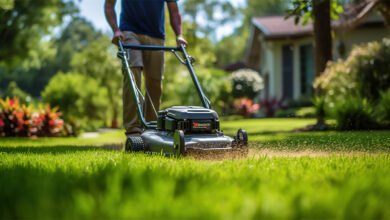

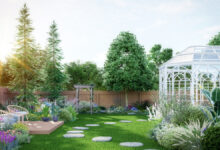


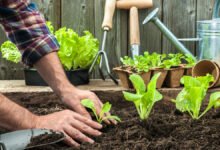
Leave a Reply